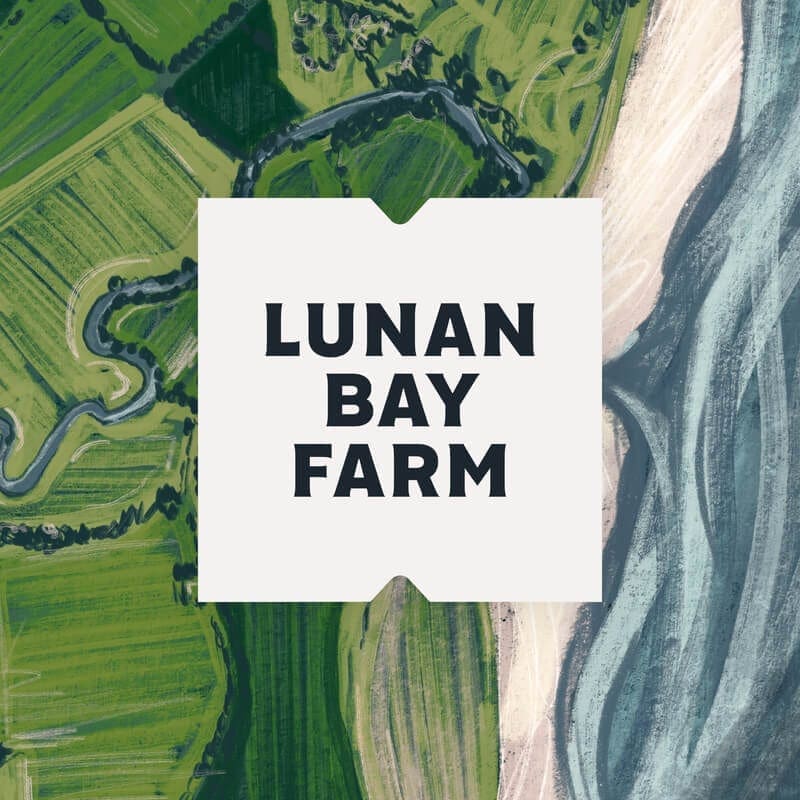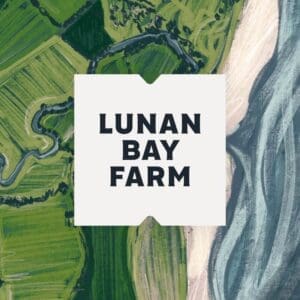As responsible guardians of our land, we constantly strive to run our farm sustainably and produce nutrient dense food with a lower carbon footprint.
Reducing Produce Waste
To minimise asparagus waste, we feed the surplus trimmings of our asparagus post grading to our herd of 400 goats on the farm daily during harvest. This provides our new Mums and kids with a great nutrient boost after kidding every year.
Particularly at the start of our asparagus season, we observe slightly crooked spears emerging when they first break through the soil. Rather than dispose of spears that are not perfectly poker straight, we package these as our “Wonky” grade asparagus. These spears are harvested at the same time as our Class A and B grades so are identical in freshness but are just a bit kinky!

No 1 Grange Edinburgh
Minimising Plastic Packaging
We are committed to reducing our carbon footprint. One of our bugbears is the growing use of single use plastic packaging, especially seen in fruit and vegetables. We do not use plastic labelling or packaging for our asparagus. We use recycled crates to deliver our asparagus, then collect these trays from our customers and reuse them.

Increasing Biodiversity
We are members of the Nature Friendly Farming Network, a group of farmers who champion a way of farming which is sustainable and good for nature. By growing asparagus, a long term perennial crop which remains in the soil from 8-10 years, we have created a new habitat for wildlife on the farm, in particular the endangered bird, the lapwing. This unusual bird, distinguished by its unique wispy crest, breeds in loose colonies of undisturbed grounds. Our asparagus fields are favoured by nesting lapwings because the bare ground and low vegetation allows the adults to see approaching predators. We now have a small colony of lapwings on the farm which have returned every year since we planted our asparagus.

The males perform spectacular arial acrobatics, which provide endless entertainment when we are harvesting our asparagus. It is a pleasure to hear the lapwings unusual “wheep, wheep” call on the farm call which is not dissimilar to the theremin instrument. We place markers on our asparagus field to flag up where the lapwings nest are as so not to disturb them during harvest.
We are now monitoring lapwings as part of a RSPB project that we are involved with to increase bird species on farmland. The main focus of our collaboration with the RSPB is to help save Scotland’s fastest declining bird, the Corn Bunting, aka “The Fat Man of the Barley”, due its rotund appearance and love of cereals.

Our corn bunting land management project involves giving over some of our land to establish an area of wild bird cover crop, which provides safe nesting places, insect-rich summer foraging habitats and sources of winter seed food. These changes on our farm will be a major step towards saving this iconic bird from extinction. We have spotted several corn bunting on our farm since we start back in 2016, which is increasing ever year.
Creating Habitats for Wildlife

Creating varied habitats is part of our strategy to increase biodiversity on the farm. We were so delighted to see varied birdlife nest in our newly created asparagus fields that we were keen to do more to support biodiversity. So in December 2020, our family planted new hedgerows at the farm, consisting of over 4000 native shrubs and trees, in collaboration of the Woodland Trust. Over time these hedgerows will support the growing population of grey partridges and other vulnerable species on the farm, provide shelter for our goats and asparagus, and act as a wind break to help reduce erosion.


